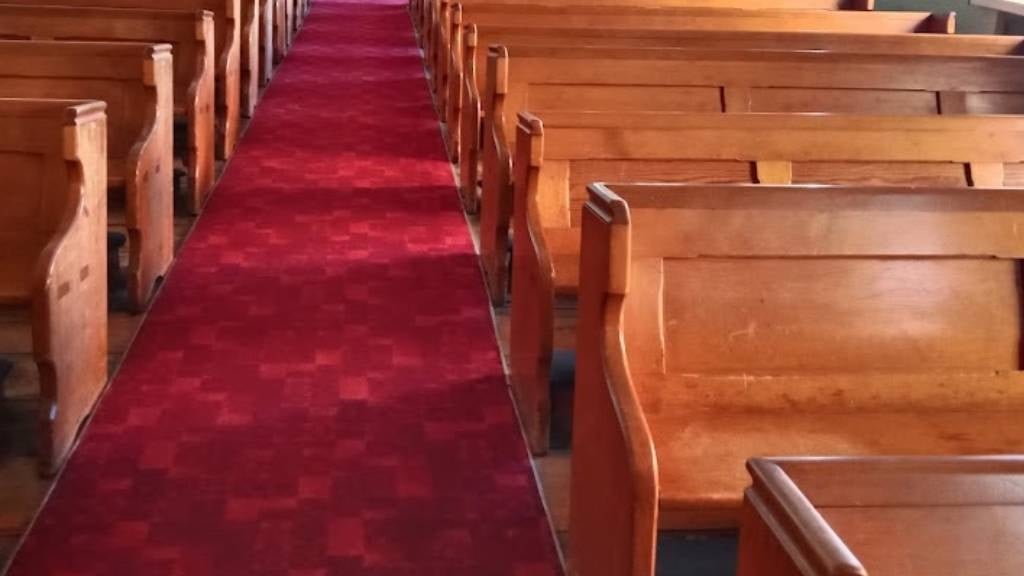Rwanda Shuts Down 185 Churches for Failing to Meet Standards
In a nationwide operation, the Rwanda Governance Board (RGB) has closed 185 churches for failing to meet the country’s set standards. The move is part of an effort to weed out faith-based institutions that fall short of regulatory requirements.
The closures, which took place in the Musanze District of the Northern Province, target institutions with inadequate infrastructure, poor hygiene, and safety standards. They also include churches that do not meet noise requirements or employ unqualified preachers.
“The inspection focuses on verifying that denominations and prayer houses have registration documents issued by the RGB, letters of collaboration with the district when a branch is opened, and that prayer houses meet legal requirements [building codes] for their location,” explained Jean Bosco Rushingabigwi, head of communication at the RGB.
“We also check if the leaders hold the required academic degrees and certificates in theology at both the organizational and parish or branch levels.”
Churches that fail to meet the requirements are shut down immediately. However, they may resume operations once they meet all the set standards and receive a certificate from the RGB.
The inspections involve collaboration between the RGB, police, health departments, and public works units. The last similar operation in Rwanda took place in 2019, when 714 places of worship were closed, mostly Pentecostal churches and a mosque.
According to the US State Department’s report on religious rights in Rwanda, the country’s requirements make it more challenging for smaller, less-resourced, and independent religious groups to operate.
Rwanda’s religious landscape is diverse, with 40% of the population identifying as Catholic and 21% as Pentecostal, according to the country’s fifth population and housing census conducted in August 2022.
Protestants make up 15%, Seventh-Day Adventists 12%, and other Christian denominations 4%. Muslims constitute 2% of the population.
The RGB’s actions have sparked mixed reactions. Some religious leaders have welcomed the move, seeing it as a necessary step to ensure the quality and safety of religious institutions.
However, others have expressed concerns that the closures may disproportionately affect smaller and less-established churches. They argue that the requirements may be too stringent and could stifle religious freedom.
The RGB has emphasized that the inspections are not intended to target any particular religious group or belief system.
The organization aims to ensure that all religious institutions operate in accordance with the law and meet minimum standards for infrastructure, safety, and leadership qualifications.
